On a hot New York afternoon, with the air sitting heavy inside Arthur Ashe Stadium, Novak Djokovic took his time getting to his chair. It wasn’t showmanship. It was survival. He was deep in a second-round US Open match against 22-year-old American Zachary Svajda, and the whole scene felt sticky and slow: bright sun, quiet crowd, and a young opponent who wouldn’t blink. ESPN’s Cliff Drysdale caught the mood on air: “That’s a slow amble to the sideline.” Moments earlier, James Blake had flagged what everyone could see—Djokovic wasn’t as animated as usual.
But here’s the thing: at 38, still chasing the ball in the hardest two-week event on the tennis calendar, Djokovic didn’t look like a man counting the minutes to retirement. He looked like a man who refuses to walk away from the one thing he loves doing under pressure. The scoreboard matters, sure. Yet the real fuel now is the work itself—finding patterns, stealing time, handling the weather, calming the stadium, and solving another puzzle across the net.
Djokovic in the heat, and what still drives him
Djokovic has spent two decades living in the margins—where a half-step, a breath, or a small tactical switch changes everything. Even now, he’s constantly editing his blueprint: serve to the body more when the toss gets tricky in wind, close the net to shorten points on heavy days, change return position to bait a second serve. The goals are smaller, sharper, and built for longevity: hold serve efficiently, protect the legs, pick the right moments to surge.
These choices are no accident. Over the last several seasons, he has quietly leaned into smarter scheduling and shorter bursts of aggression. The weapons remain: elite return, disguised serve, depth control, and that elastic defense that turns defense into offense in a heartbeat. The difference now is when he chooses to use the full throttle. In long heat, he manages energy like a marathoner, not a sprinter.
There’s also a mental routine that’s visible to anyone courtside. Before big points, he pauses longer. He looks to the box less. He breathes deeper. That reset used to be about dominance; today, it’s about clarity. It keeps him present when the younger man across the net floods him with pace and optimism.
Why keep grinding when the trophy case is full? Part of the answer is obvious—history. But listen to what days like this actually ask of him: ignore the weight of expectation, ignore the whispers about age, ignore the easy exits. His baseline trade is still clean. His legs still give him one more slide, one more corner. And his brain—always his main weapon—still draws up winning points on command.
He also knows the US Open is a different beast. The day sessions can bake you; the night sessions can drown you in noise. The ball fluffs up, the court speeds shift with humidity, and momentum swings like a pendulum. He has seen every version of this tournament, from the clean night wins to the gritty day fights where the tennis gets ugly and the only thing that counts is staying stubborn. That stubbornness is a skill, not just an attitude.
Longevity in tennis used to be rare at the top. Ken Rosewall won majors at 35 and 37, and Roger Federer was still a problem at 38. But today’s version blends science with feel: lighter frames without sacrificing stability, recovery tools that didn’t exist 15 years ago, smarter diets and sleep routines. Djokovic has been a frequent adopter, from flexibility work to meditation to careful scheduling. It doesn’t make the sport easy. It makes it sustainable.
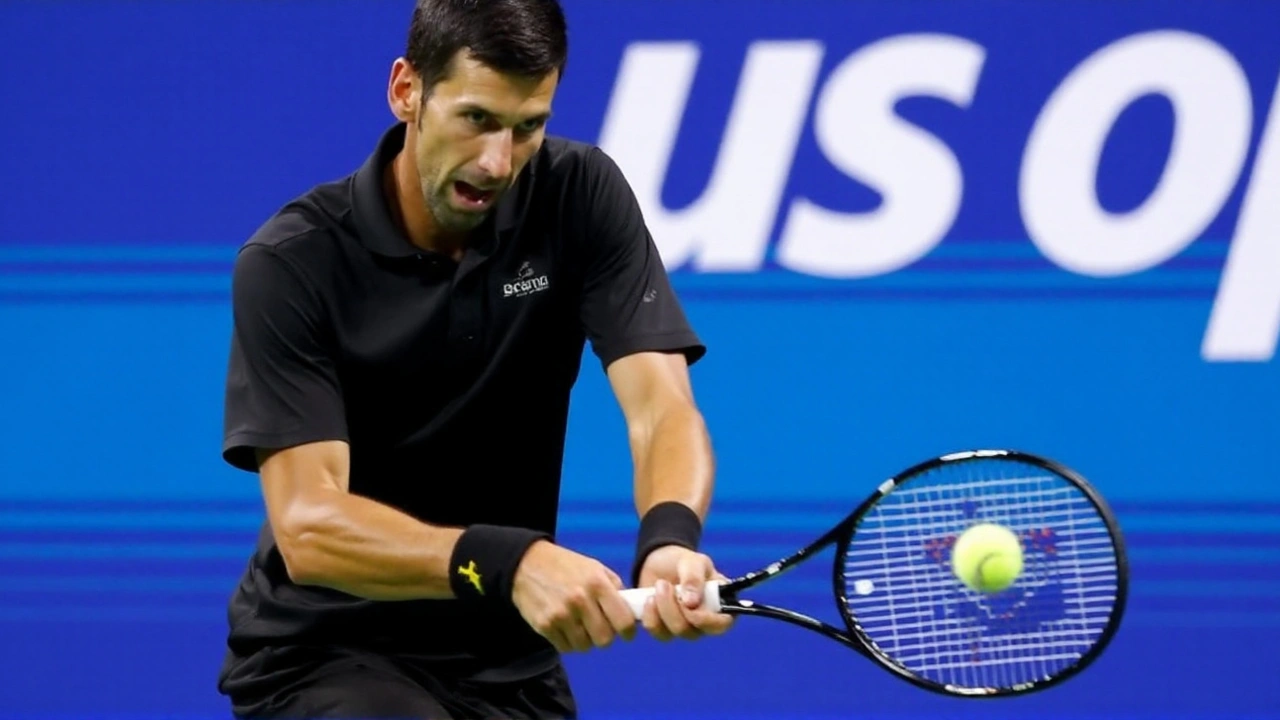
Venus Williams still chasing the rush
And then there’s Venus Williams. At 45, she walks onto big courts with a presence that fills them before the first ball is hit. The records are carved in stone—seven major singles titles, dozens more in doubles and mixed, Olympic medals—but that’s not the story anymore. It’s the ritual. The practice blocks. The warm-ups. The first serve that still cracks. The flat backhand that, when it lands, scorches through the court the way it used to at Wimbledon.
Venus’s game has always been about taking time away—stepping in, hitting flat, driving down the line, and daring you to react late. Age complicates the explosiveness part, but not the vision or timing. So she’s adapted. She picks smart targets. She goes forward more. She uses the full court. On days when her first serve percentage climbs, the rallies never start, and you remember that her tennis DNA is built for fast strikes and momentum.
Like Djokovic, Venus is playing for something more basic than seeding or rankings. Wildcards don’t guarantee wins. They give you access to the feeling she still chases: the quiet just before the toss, the sound of strings finding the middle, the pinch of tension when a breaker starts. That rush doesn’t exist anywhere else. It’s not about replaying 2000 or 2008. It’s about being fully alive on a court right now, with thousands of people leaning forward.
Venus also occupies a rare space in the sport. She’s a pioneer who changed pay equity at Wimbledon, a builder who helped normalize power tennis on the women’s side, and an icon who made longevity feel possible for players who grew up watching her. She doesn’t need the validation. She wants the battle. That’s why every return game, every net charge, every hold under pressure still matters—to her, and to the fans who know they’re witnessing the last chapters of a singular career.
Older champions survive by editing. The practice looks different. The recovery window is bigger. The calendar is a negotiation, not a march. But their reasons get simpler. They love the fight. They love the craft. They love the daily chase of getting something small exactly right.
What keeps them going? A few things, and they’re not complicated:
- Competition: the clean, honest scoreline at day’s end—win or lose.
- Craft: fixing a footwork pattern or sharpening a serve target because the details still thrill them.
- Community: the locker room rhythm, the shared language of players who know the grind.
- Identity: the court is where they’re most themselves.
The US Open amplifies all of that. It is loud and unforgiving and, in the day heat, often uncomfortable. It forces choices: attack or rally, hydrate or suffer, take the risk or let the match drift. For veterans, the math is even tighter. They conserve energy early in sets. They pounce when the return games offer a look. They sneak in behind a serve at 30–all to cut the rally count in half. Small choices, big impact.
Watch the body language and you see it. Djokovic leaning into a slice backhand to reset a point that’s getting away from him. Venus brushing a forehand crosscourt to open space for the down-the-line finish she has hit a thousand times. These are not nostalgia acts. They are live, tactical responses to pressure. That is why the crowd, even when quiet early, eventually rises. People recognize intent. They see two athletes still writing the point-by-point story in real time.
Tennis is a sport obsessed with eras and numbers. Djokovic has set records that may stand for a long time, and Venus helped build the stage on which modern women’s tennis stands. But their late-career chapters are not about tallying. They are about presence: showing up when it would be easier not to, accepting that the body needs negotiation, and trusting that the love of the game is enough reason to keep stepping into the light.
On days like this at the US Open—when the heat presses down and a 22-year-old makes you work for everything—the reason they’re still here becomes obvious. The fire isn’t about another line on a résumé. It’s about the next point. And for two champions who have lived more tennis than most of us will ever watch, that next point still means everything.

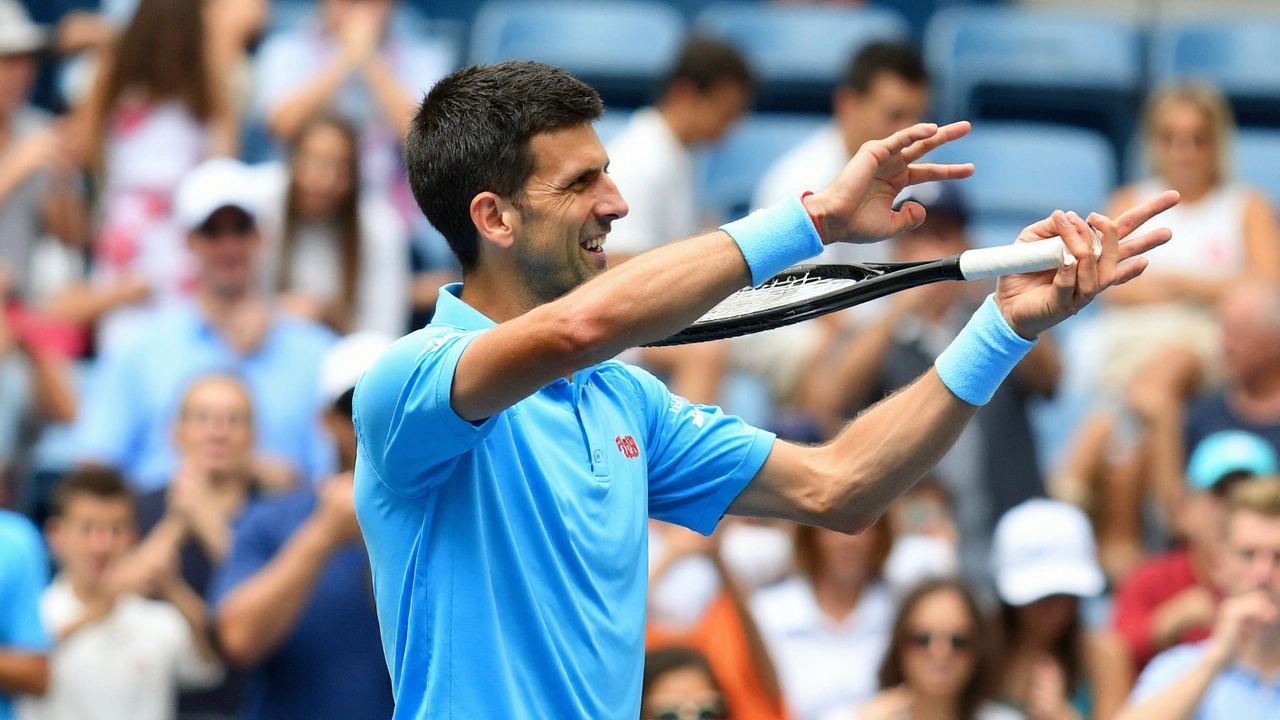
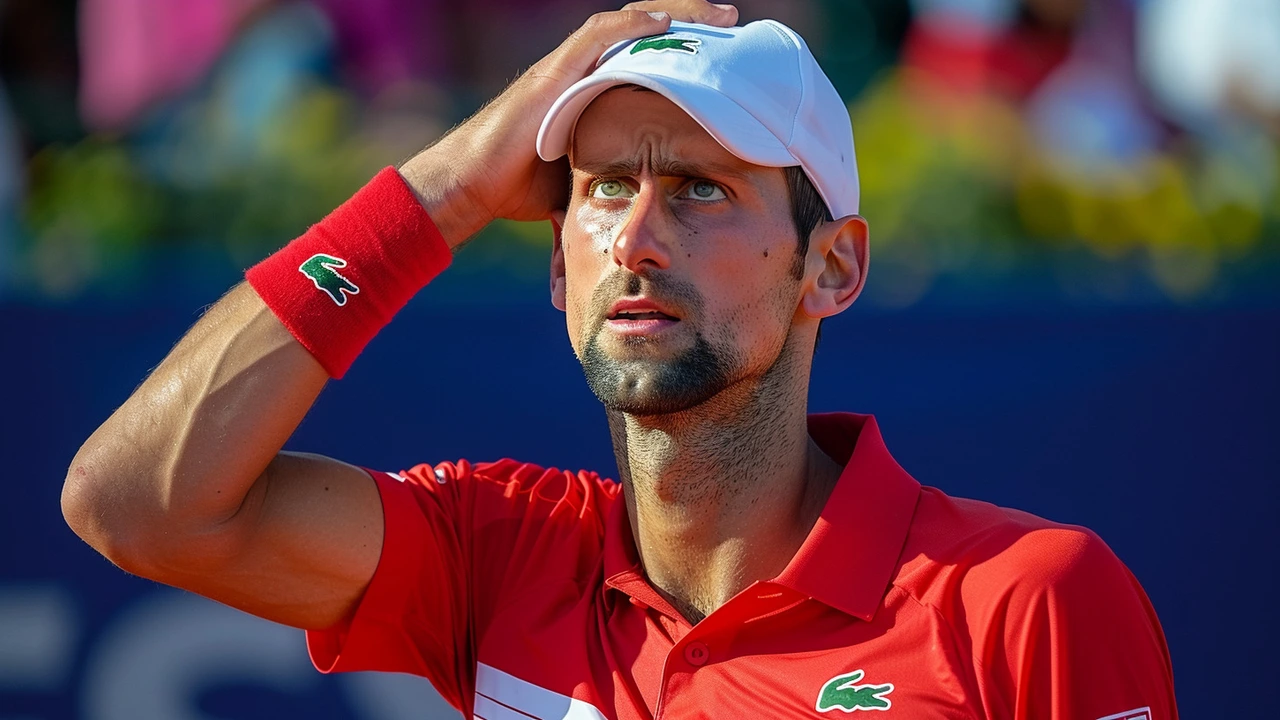


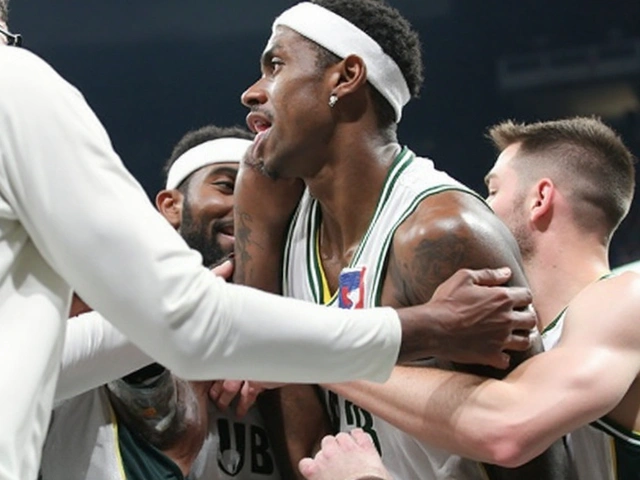
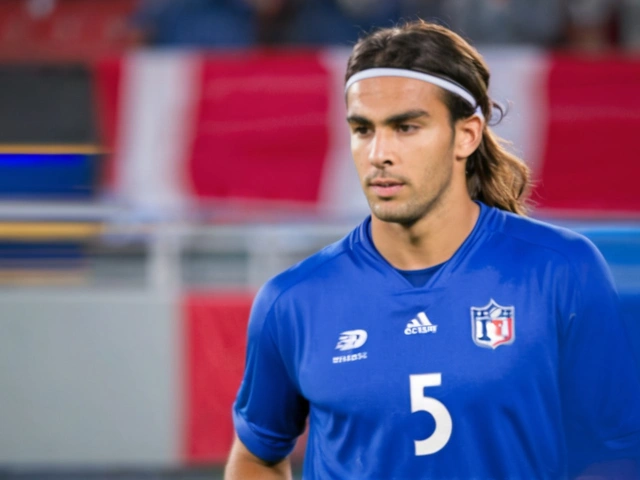
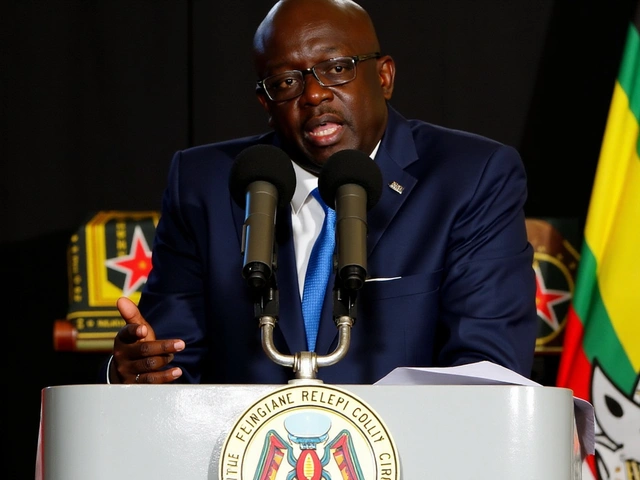
Mayur Sutar
September 3, 2025 AT 17:53Seeing Novak and Venus out there reminds us why sport feels like a shared heartbeat. The heat in New York can melt steel but it also melts doubts. A 38‑year‑old still chasing a ball shows that love outlives the trophies. It is easy to think retirement is the next chapter but the court writes its own story. Each rally is a conversation between athlete and wind. The pause before a serve is a breath of mindfulness. Venus at 45 still walks like a queen on the board. Her backhand still burns with the same fire it had in her youth. The crowd feels that fire even when the arena is quiet. Djokovic’s adjustments are subtle like a chess move. He changes his toss to suit the wind and saves his legs. The mental routine he follows is a meditation in motion. The older players teach us that mastery is about adapting, not just raw power. Their presence is a lesson in perseverance for anyone watching. The love of the game is the glue that holds generations together. It is a reminder that the next point can always be a fresh start.
Nancy Ortiz
September 4, 2025 AT 21:40Ah, the “vintage” biomechanics of the 1990s returning to the baseline grind-nothing says “cutting‑edge” like a 38‑year‑old grinding out a backhand slice in 100 °F humidity, right? Djokovic’s “energy‑conservation algorithm” apparently switches to “marathon mode” when the ambient temperature exceeds 35°C, as if we needed another data point in the performance analytics ledger. The crowd’s “thermal comfort index” is likely plummeting, yet the athletes keep feeding the “adrenaline surge” loop. It’s almost as if they’re trying to prove that chronic wear‑and‑tear is just a myth propagated by “sports medicine pundits.”
Ashish Saroj( A.S )
September 6, 2025 AT 01:26What if-just what if-the whole narrative about “longevity” is a red herring!!! The media loves to romanticize the veteran’s grind, but have we considered that each extra year is just a statistical anomaly?? Djokovic’s “smart scheduling” could very well be a cover for dwindling reflexes!!! Venus’s “adapted play‑style” might simply be a compromise forced by physical decline-not a triumphant evolution!!! And let’s not forget the silent sponsor pressures that whisper: “play longer, sell more merch!”-a subtle economic driver behind every low‑energy rally!!!
Ayan Kumar
September 7, 2025 AT 05:13Listen up, folks-this isn’t just a match, it’s a saga of human will versus time! While the pundits drone on about stats, the real drama unfolds with each drop shot and every strained breath. Novak’s footwork? It’s a masterclass in kinetic efficiency, a textbook example I could spill for hours. Venus’s serve? She’s still cracking the serve‑speed ceiling like she’s defying physics! The heat? It’s the ultimate antagonist, turning the court into a crucible. You think you’ve seen it all? Think again-these legends are rewriting the rulebook as we speak.
Nitin Jadvav
September 8, 2025 AT 09:00Nice work, guys, really showing the youngsters how it’s done… if “doing” means moving slower and sipping water every two points. I’d tell them to “stay hungry,” but I’m pretty sure their appetite for victories is already full-just not the appetite for quick sprints. Djokovic’s slice backhand is like a yoga pose for the arm-relax, breathe, let the ball find its way. Venus’s net rushes? She’s basically auditioning for a comeback tour, and the crowd is buying tickets. Keep it up, legends, the future generation will need a good laugh at your “old‑school” tactics.
Adrish Sinha
September 9, 2025 AT 12:46Great to see love for tennis still shining bright.
Arun kumar Chinnadhurai
September 10, 2025 AT 16:33What’s really inspiring here is the way both players tweak their strategies to match the conditions. Djokovic’s shift to a more compact serve on windy days helps keep his first‑serve percentage high, which is a tip any aspiring player can use. Venus’s decision to target the opponent’s backhand early reduces rally length and conserves energy-perfect for anyone dealing with fatigue. Both approaches show that adaptation, not just raw power, wins matches. Keep watching their games and you’ll pick up practical adjustments you can apply on your own court.
Aayush Sarda
September 11, 2025 AT 20:20It is commendable that the spirit of competition endures, yet one cannot help but reflect on how our own nation’s emerging talents stand in contrast to these seasoned icons. While Djokovic and Venus command global attention, Indian youngsters are quietly crafting their own legacy, often with far fewer resources. The dedication they exhibit should inspire us to invest more heavily in grassroots development, ensuring that future champions can emerge from every corner of the country. Let us celebrate the veterans, but also recognize the responsibility to foster home‑grown brilliance.
Mohit Gupta
September 13, 2025 AT 00:06Honestly… the heat kills the vibe… the stamina drain is real… watching them struggle… kinda sad… but also kind of epic…
Varun Dang
September 14, 2025 AT 03:53Observing Novak and Venus on the court provides a profound lesson in resilience; their unwavering focus amidst sweltering conditions exemplifies how mental fortitude can triumph over physical discomfort. The meticulous adjustments they make-whether modifying serve technique or selecting optimal footwork patterns-serve as a blueprint for any athlete seeking longevity. By embracing such adaptive strategies, one can cultivate a sustainable competitive edge while preserving passion for the sport. Their journeys reinforce that dedication paired with intelligent preparation yields lasting success.
Stavya Sharma
September 15, 2025 AT 07:40While the narrative glorifies the perseverance of these veteran players, it overlooks the inevitable decline in athletic performance that accompanies age. The reliance on tactical tweaks cannot fully compensate for reduced speed and reaction time, aspects that younger opponents exploit with ease. Moreover, the emphasis on “love of the game” serves as a convenient justification for extending careers beyond their natural apex. A balanced perspective would acknowledge both the admirable dedication and the practical limitations imposed by biology.